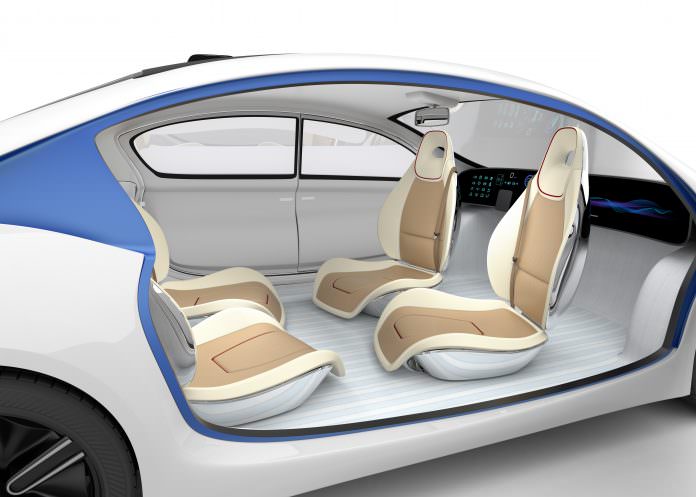Driverless vehicles need to be considered as part of an integrated transport plan which supports existing transport networks, the UITP has recommended.
The adoption of more autonomous vehicles (AV) on roads around the world “will lead to a dystopian future of even more private car traffic” unless they are integrated with traditional public transport modes. That is the view of a new position paper published by the International Association of Public Transport (UITP).
If AVs were to be used in shared fleets, feeding into existing public transport networks, they could help to reduce road congestion rather than simply adding to it, the report suggests. Shared fleets would also be better for the environment.
With driverless vehicles expected to become widely available by the early 2020s, UITP said the onus was now on transport authorities to trial AVs on public roads to identify how to integrate them with existing networks and consider what affect they will have on traditional driving jobs.
UITP secretary general Alain Flausch said: “When 1.2 million people around the world die each year in car-related deaths, 90 per cent of which are due to human error, the road safety benefits are also significant.”
He added: “AVs are a potential game-changer for urban mobility and cities and countries must act now to shape their roll-out.
“AVs offer the chance for a fundamental change – as a key part of tomorrow’s integrated transport systems with public transport as a backbone – but if we do not act now vehicle automation might even further increase the volume and use of private cars with all of the associated negative externalities.”



